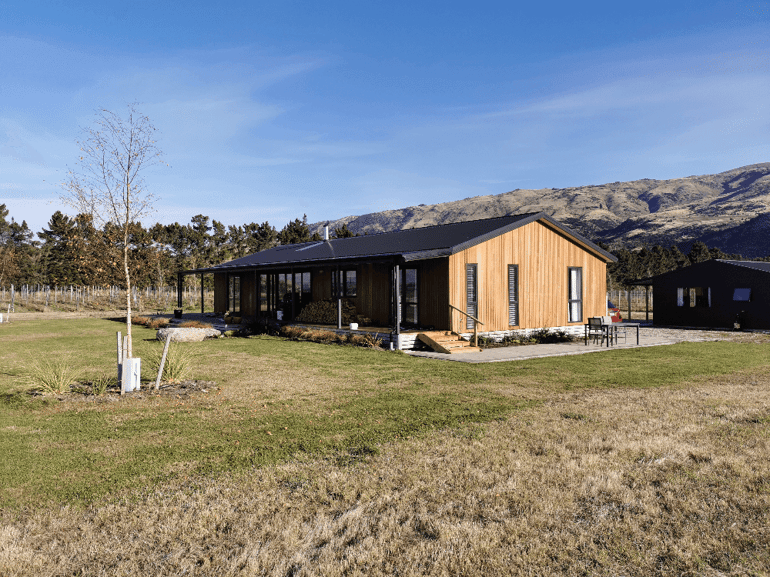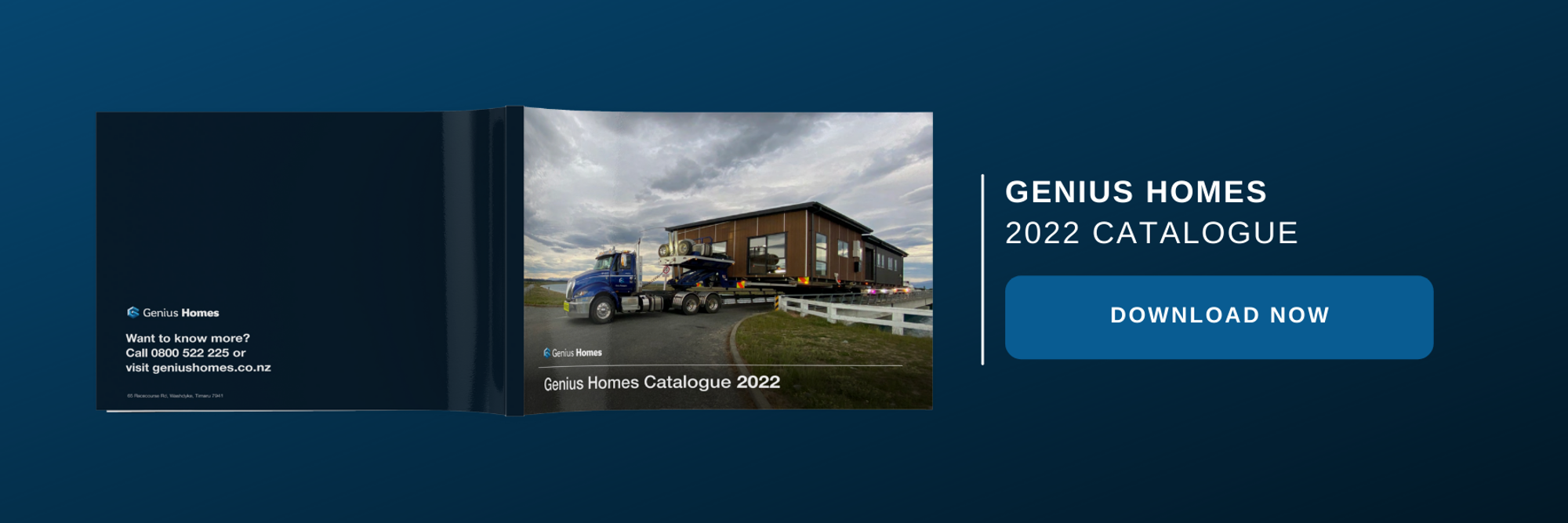House plans explained
Choosing a house plan for your new build can be a challenge and is often confusing to navigate. Every new home has unique features and often a few hidden surprises that you might not think to look out for. A basic floorplan might not provide enough detail on what goes where, however, a more detailed plan, full of symbols, is likely to confuse the uninitiated. That’s why we’ve put together a summary of everything you need to know about house plans, from the various symbols and identifiers used to key considerations on the customisations you could make. Keep reading for a list of points to consider when looking at your house designs.
Interior and exterior walls in a house plan
Walls are what make up the shape and structure of your new house, and they must fit together perfectly before the design is signed off. On a house plan, you’ll either have thick lines which represent exterior walls, or thin lines for interior walls.
Customisation options for walls:
- Select your desired exterior cladding finish and colour from our standard inclusions selection.
- Shifting non-structural interior walls is usually a minor change, but can affect other features of the design.
- Shifting load-bearing interior walls is often more expensive and requires additional engineering.
- Adjusting exterior walls is generally more expensive and affects the overall design.
You can also change the roofline to affect the ceiling height, silhouette and feeling of space. From a central roofline apex to a flatter style, you can customise your roof to suit you, but you’ll need to do this early on in the design process.
Doors in a house plan
It’s important to get your door placement right because it will influence the overall flow of the space when the house is built. Depending on the door style it will be drawn as an opening in the wall, either as an arc, sliding door, bifold door, cavity sliders or arrows. Each type of door has a unique purpose or function to maximise the space it will be in. Make sure you look at all the options before you finalise the design, and look for any limitations for doors such as limited room to open them or obstacles in the way.
Each type of door has a unique purpose or function to maximise the space it will be in. Make sure you look at all the options before you finalise the design, and look for any limitations for doors such as limited room to open them or obstacles in the way.
Customisation options for doors:
- Moving interior doors is possible, you’ll just need to consider how they will open and close, and what kind of footprint they’ll take up in the space.
- Moving exterior doors is more difficult, but not impossible. Be sure to raise any queries early in the design process to keep costs and stress levels down.
- Adding doors, or removing doors is also a possibility, but most doors are there for a reason. Consider how you’ll use the space and if being able to close one room off from another will help with noise, airflow or insulation.
Windows in a house plan
Windows are an important part of a build because they affect light, airflow and views from your home. Sizing your windows is important for getting proportions right in your home, especially in comparison to the ceiling height, door sizes and any furniture you’ll need to fit in the room. All Genius Homes windows meet the latest standards for the South Island, using thermally-broken joinery with argon-filled, Low-E double-glazing as a standard inclusion in every house plan. There is still flexibility if you do want to make some changes or upgrades. Customisation options for windows:
Customisation options for windows:
- Change the size of your windows, depending on what else is in the room.
- Select your desired joinery colour.
- Alter the type of windows to suit your lifestyle (bi-folds from the kitchen to the deck, etc).
- Add UV protection to prevent fading.
- Add tinting or privacy glass.
In a house plan, windows look like a break in the wall, usually with thinner lines to represent the glass panes. Some will use arcs or arrows to show how the window will open, and some have exterior sills.
Flooring in a house plan
Flooring is easily overlooked when it comes to a house plan, but you must get this step right. For areas like bathrooms, kitchens or laundries it is important to choose a waterproof flooring that’s easy to clean, while a living room or bedroom might benefit from a softer flooring like carpet. As a standard inclusion, our prefabs feature vinyl floor coverings in wet areas and Godfrey Hirst nylon carpet with 10mm underlay throughout the rest of the home. The exact colour and style of the flooring can be chosen from our wide range of options.
Customisation options for flooring:
- Upgrade to luxury carpet and underlay options to create a luxurious bouncy feeling underfoot and extra thermal insulation.
- Ceramic bathroom tiles in place of vinyl flooring to add resale value and sophistication.
Furniture in a house plan
Furniture is generally not a fixed feature of a house, but many floorplans will showcase how the furniture could naturally fit within a certain space. That means you’ll need to consider how your existing furniture will blend with your home, and any new investment pieces you’ll have to find. You can find bespoke furniture builders to custom-build furniture for your home but this can be expensive, so getting your layout right is much more economical.
Considerations for furniture:
- Make sure a standard size couch, bed and dining table can fit comfortably within their designated rooms.
- Measure your existing furniture and decide where it will fit most logically.
- Consider any new furniture you’ll need to buy, and how you could adapt your layout to accommodate it.
You can check whether your existing furniture will fit in the house’s rooms by looking at the dimensions on our more detailed plans. These are sent via email when you request a quote on any of our designs. Measure your furniture and the room in the plan to see how much space you have.
Plumbing and electrical fixtures in a house plan
Knowing how your fixtures will function in a new house is crucial to the planning process, and that’s why having a professional on board is worth every dollar. The ins and outs of plumbing and electricity can be complex, so deciding where your toilet, shower, bath and kitchen appliances will be is a vital step. You’ll also need to take into account where electrical fixtures like light switches, smoke alarms, fuse boards and meter boxes will be installed, as well as plumbing fixtures like a hot water cylinder, dryer and washing machine.
Considerations for changing fixtures:
- Moving plumbing or electrical fixtures can lead to expensive complications. Be sure to bring up any questions early on to minimise any unwanted surprises.
- Visit a showhome to see how each fixture looks and works in a real-life environment
- Ensure there is a reasonable distance between each fixture to allow room to move in the space. For example, a toilet that’s too close to a vanity can be awkward and frustrating.
- Consider how certain fixtures will open or close, and if that is optimised. For example, a fridge that opens to the opposite side of your kitchen disrupts the natural flow of the room.
The scale of a house plan
Understanding scale is a challenge for many people, especially when looking at a 2 dimensional, bird's eye view. The size of your new home will dictate how everything else fits within it, and if anything will have to be adjusted. That’s why it’s important to have a professional on the job that can talk you through it and help you visualise the result.

Considerations for scale:
- What size section will your new home be built on? Do you have the room or budget to expand if needed?
- Do you have certain rooms or features that cannot be made smaller?
- Do you need help to visualise the scale of your home? You can book a factory tour to check out other prefab houses currently under construction, you can mark out the plan on your section, or you can book an onsite consult and someone from the team will come out to visit and talk you through your options.
Orientation of a house plan
Another important factor of the house during the design stage is orientation and how it will sit in the landscape. In New Zealand, North-facing houses are generally the sunniest and most sheltered. Because of this, many house designs put the garage or utility rooms on the South facing side to bear the brunt of stormy weather.
Considerations for house orientation:
- Will your most-used rooms be sheltered from harsh weather?
- How much sunlight will get into the house?
- Will your most-used rooms be positioned towards the best views?
- Will you need to consider relocating or rotating your home to fit within boundaries or landscaping features?
- Will the orientation provide privacy from neighbouring houses?
What’s not shown on a house plan?
So that’s what is included in a floor plan, but there are still some things that aren’t shown. For the most part, the more complicated features of a house are included in the blueprints instead, which gives builders an in-depth understanding of exactly how to complete the build.
Features not included in a house plan:
- Electrical work
- Plumbing work
- Air conditioning
How customisable is a Genius Homes floorplan?
While changing a house plan can be complicated, it’s more achievable than you might think. Working with a high-level industry team will help you to ensure all customisations fit within structural limits and functional design. You’ll have all the best advice for making your house into a home, and creating a space that suits your individual needs.
With Genius Homes you can customise your square meterage, roof, windows, verandah, exterior cladding and interior finishes easily. We’ll talk you through your options, and discuss any changes you want to make to the plan. Just remember that the sooner you bring these ideas to us, the more affordable they will be to execute. With us, you can customise your new house to look and feel exactly the way you want it to.
Download our 2022 Genius Homes Catalogue to get a closer look at all the different house plans you can start with.

